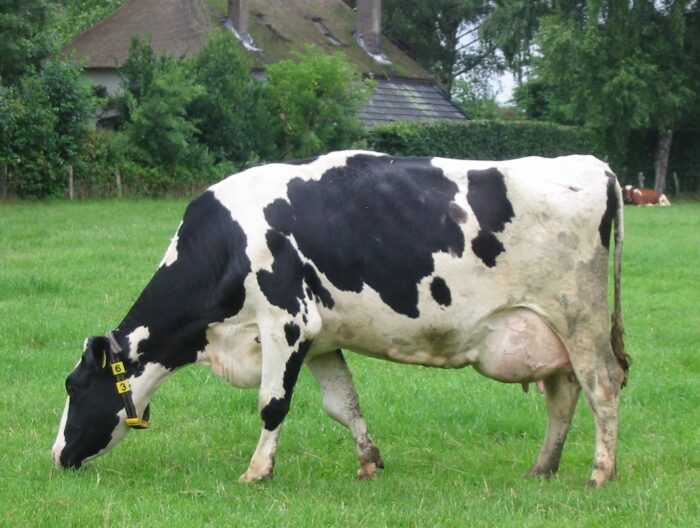TelQuel: How has the size of the dairy cow population in Morocco evolved in recent years?

Mohammed Raita: Following several very challenging years, marked by the aftermath of the COVID-19 pandemic, successive years of drought, steep increases in the prices of major inputs, a suspension of heifer imports from several countries, and so on, the dairy cattle herd has decreased by about 10%, from 1.82 million head in 2020 to 1.64 million in 2023.
This decrease has affected some regions more severely than others, particularly Casablanca-Settat, Beni Mellal-Khénifra, Marrakech-Safi, the Oriental, and Fès-Meknès, where the decline has exceeded 20%.
Over the same period, the volume of milk produced has decreased by about 25%, because in addition to the reduction in herd size, the yield has also declined.
What effects have the increases in livestock feed prices had on the dairy sector? Have they impacted the size of the herd?
The prices of livestock feed have seen steep increases, with an average rise of around 88% over the last four years. This fluctuation has had a negative impact on the size of the herd. Indeed, farmers have been selling part of their livestock to be able to feed the remaining animals.
“The prices of livestock feed have seen steep increases”
These price increases have also affected milk yield, as farmers have prioritized giving dairy cows maintenance rations rather than performance rations.
What about the importation of dairy cows? Which breeds are preferred?
Members of the federation have imported more than 22,000 heifers since 2022 (including 7,200 heifers during the first half of 2024 alone). The Holstein is preferred because it is more productive in terms of milk.

It should be noted that this number of imports remains insufficient for the rebuilding of the herd, as the price of heifers has increased by about 15% in recent years due to the halt in heifer imports from several countries to Morocco.
What is the current average price of a liter of milk at the farm level?
The average price of a liter of milk at the farm level is more than 5.00 dirhams per liter. However, it is important to note that this price represents an annual average that takes into account both the quality and the volume collected.
It should also be noted that, to support farmers during this difficult period, factories have increased the prices paid to farmers by more than 20%, making the price currently paid to Moroccan farmers higher than that paid to European farmers, among others.
What public support measures have small and medium-sized dairy farmers benefited from?
The state has supported the dairy sector through several measures, including:
- Subsidizing compound feed for dairy cows (in 5 installments, from March 2022 to the present).
- Exemption from VAT on the import of basic feed and forage in 2023.
- Prohibition of the slaughter of certain reproductive female cattle.
- Resuming the subsidy for locally produced heifers (4,000 dirhams per heifer for the seller and 3,000 dirhams for the buyer).
- Subsidizing a quota of 20,000 imported dairy breed heifers (6,000 dirhams per imported heifer).
Has the freezing of the decision-making bodies of the Interprofessional Federation of Red Meat (FIVIAR) following the vacancy of the president’s position had a direct or indirect impact on the dairy sector in Morocco?
To our knowledge, this freeze has no impact on the dairy sector.
In your opinion, what should be revised, developed, or introduced in the Finance Bill to improve the situation of the dairy sector?
Among the main requests to be included in the 2025 Finance Bill are:
- The continuation of the 2023 exemption from customs duties and VAT on the import of forage and basic feed.
- Exemption from VAT on the import of dairy cattle semen.
- The extension of subsidies for hydroponic barley units (from cooperatives to other categories of individuals or legal entities).
- Support for the export of dairy products to Africa.
- Lifting the ban on the import and transportation of heifers from Europe, particularly from Germany.
Written in French by Amine Belghazi, edited in English by Eric Nielson



